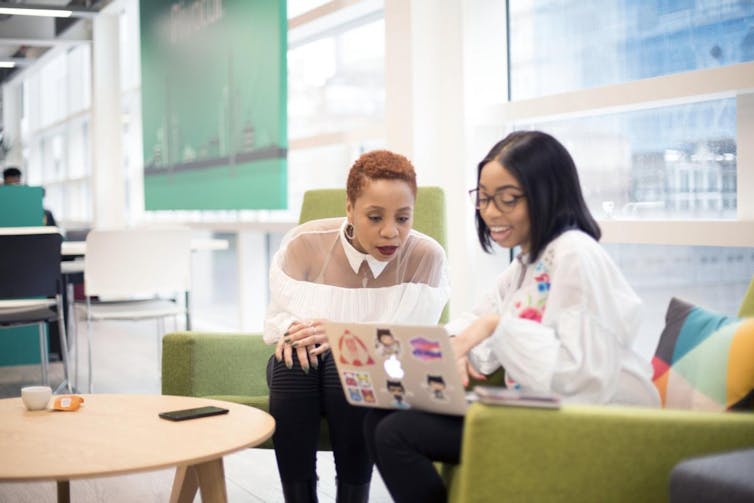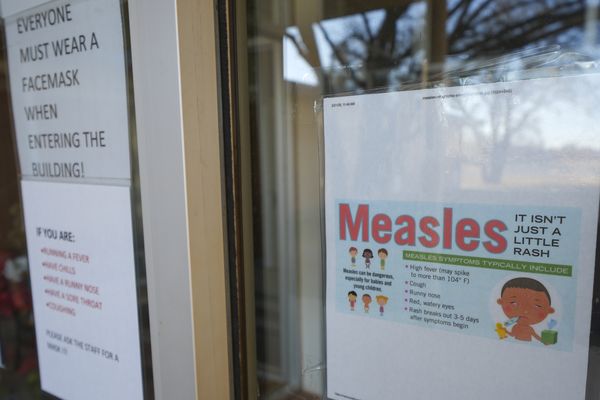
The looming recession climate is causing concerns over skyrocketing student debt. On top of a deeply unaffordable housing market, these factors call for universities to be more relevant in terms of preparing students for employability.
This is a break with the traditional mission of the universities. Economist George Fallis, professor emeritus at York University, notes that traditionally, universities aimed to “provide liberal education for undergraduates, to conduct research and to contribute to society including the economy and culture.”
This is what shaped autonomous thinkers and better citizens. While there is a lot of merit to preparing better citizens, this aim can be compatible with helping students gain skills for making a living while creating accessible and relevant educational opportunities.
Read more: Universities have thrived despite past disruptions and could grow even stronger after COVID-19
Chances of employment
In Canada, having a bachelor’s degree increases a person’s chances of employment by close to 25 per cent, compared to having only a high-school diploma, but all students don’t gain these benefits equally.
Three years after graduation, 90 per cent of Canadian university graduates are employed, however females and humanities graduates are more likely to work part-time. For some, this is by choice, but 42 per cent are working part-time involuntarily. Another concern is that four out of five graduates are working in a domain somewhat related to their studies, but close to 20 per cent are working in unrelated fields.

What’s worse is that many graduates are underemployed, meaning that they work in jobs that require less than a bachelor’s degree. Immigrant women who are university graduates from institutions outside Canada are more likely to experience persistent overqualification.
In Canada, many low-income people have been pushed into poverty as the pandemic unfolded. Although recessions have been known to spark an increase in people seeking post-secondary education, it’s not clear that this means committing to a multi-year degree.
Integrated professional experiences
In 2021, Times Higher Education — a body that provides data about universities — published a list of universities producing the most employable graduates, as ranked by companies around the world. While it’s unclear which companies participated or what fields they represent, according to this ranking, the institutions named often integrate professional experiences in their degrees, such as a mix of entrepreneurial hubs for start-ups and innovation incubators and work-integrated learning opportunities.
Here are four ways universities can tailor their offerings to become more relevant to students:
1. Microcredentials
According to College and Institutes Canada, a “microcredential is a certification of assessed competencies that is additional, alternate or complementary to, or a component of a formal qualification.”
Microcredentials are short, modular programs or courses that focus on developing skills and competencies to enable students to enter the Canadian labour market quickly and work in industries and communities that need workers.
Universities can offer microcredentials by repackaging courses, creating nimble courses that meet specific employment market needs and building rigorous evaluation methods that make them credible.
A report prepared for the British Columbia Council on Admissions and Transfer — a not-for-profit agency that governs credit-transfer agreements between post-secondary institutions — notes that Thompson Rivers University and Simon Fraser are universities that have exemplary practices in offering microcredit courses. In Ontario, eCampusOntario is working to support pilot projects.
2. Prior Learning Assessment and Recognition
Prior Learning Assessment and Recognition (PLAR) is a process that allows people to obtain formal recognition of their prior learning and competencies against established standards and policies in institutions of higher education.
PLAR avoids the need for a person to relearn what he or she has already acquired through previous formal or informal learning experiences in educational or experiential settings. This allows students to save both time and money if they can gain credits towards some programs or certifications.
A recent study by the Western Interstate Commission for Higher Education, a not-for-profit in the United States that helps Western states and institutions address employment and higher education issues, has shown that PLAR boosts completion rates of adult students by 17 per cent.
Universities can offer PLAR services through one-on-one examination of portfolios or projects and challenges that provide proof of equivalency of skills and competencies acquired in programs. For example, Athabasca University in Alberta has a centre for learning accreditation with full PLAR services.

3. Mentorship
Mentoring by community members and industry representatives, as well as student leadership in peer mentoring, are key aspects of human connection. Developing human connections is critical for university students as they build expertise in particular fields.
Students need a sense of belonging, especially since the closure of university campuses in the wake of the pandemic. Universities can explore novel ways of building mentorship programs, whether traditional one-on-one mentoring, group mentoring, team mentoring, peer mentoring or online mentoring, through their alumni networks or partners.
4. Partnerships
Universities can develop meaningful partnerships by co-ordinating efforts to reach out to businesses, community organizations and government bodies. Benefits to universities and students from partnerships include offering students access to mentorship, employment opportunties and experiential learning.
These partnerships can take many forms, such as research projects, internships, co-op placements, funded PhDs or post-doctoral fellowships, as well as networking events, prototype or product development seminars, skills workshops, innovation challenges or alliances to provide mentorship to students.
These four mechanisms are nothing novel, but through a fine meshing of microcredentials, PLAR, mentorship and partnerships, universities can improve the relevance of what students learn. It can also heighten their chances of employability while being more inclusive of different needs and without disrupting the whole system.
Ann-Louise Davidson receives funding from SSHRC, FRQSC, MÉÉS and OBVIA.
This article was originally published on The Conversation. Read the original article.







